The observability community should move away from traditional metaphors like pillars and pipelines and adopt new ones like substrates and circuits. By doing this, we can gain a new and innovative outlook on tools and techniques, leaving behind outdated thinking that prioritizes data over decisions and content over control.
Author: William David Louth
Observability: Rethinking Metaphors
The prevailing metaphors of pillars and pipelines in observability have limited our understanding and hindered progress. These metaphors promote siloed thinking and a focus on data collection over actionable insights.
Observability Standards: Backward vs Forward
Forward-looking standards, also known as anticipatory standards, are designed to shape and guide the future development of technologies.
From Abstraction to Simplicity
Abstraction and simplification are two fundamental principles that often work together in the design of systems. With abstraction, we reduce system complexity by focusing on the essential aspects in the area of structure, elements, and behavior.
The OSSification of Observability
Here we explore why the industry needs to move beyond the legacy tools and embrace a more dynamic and adaptable approach to gleaning genuine value from the ever-growing ocean of data collected.
Climbing the Conceptual System
As engineering systems grow ever more complex, the engineering community's focus on simplistic measurement and reporting hinders achieving operational scalability by way of sensemaking and steering of such systems of systems.
Software Performance Optimization Heuristics
To acquire the knowledge of suitable software performance heuristics, developers must experience software execution in a new, more modern manner - a simulated environment of episodic machine memory replay.
The Past, Present, and Future will be Simulated
The mirroring of software execution behavior, as performed by Simz (online) and Stenos (offline), has the potential to be one of the most significant advances in software systems engineering. Its impact could be as significant as that of distributed computing.
Introducing Signals – The Next Big Thing
This post introduces the reasoning, thinking, and concepts behind a technology we call Signals, which we believe has the potential to have a profound impact on the design and development of software, the performance engineering of systems, and the management of distributed interconnected applications and services.
Transcending Code, Containers, and Cloud
There is always tension between adaptability and structural stability in engineering and possibly life. We want our designs to be highly adaptable. With adaptation, our designs attempt to respond to change, sensed within the environment, intelligently with more change, though far more confined and possibly transient, at least initially. But there are limits to how far we can accelerate adaptation without putting incredible stress on the environment and the very system contained within.
